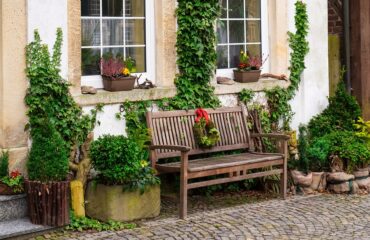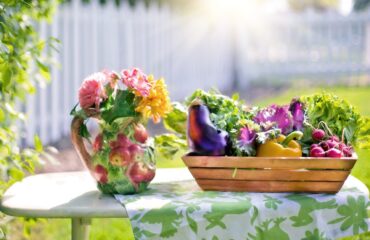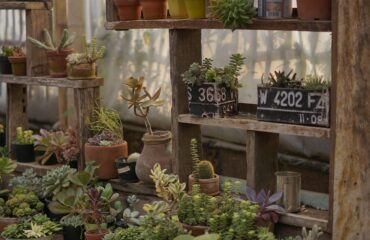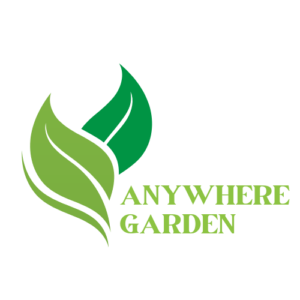
Creating a Pollinator-Friendly Garden: Attract Bees, Butterflies, and More

Pollinators are crucial for maintaining biodiversity and ensuring the health of our ecosystems. Without pollinators like bees, butterflies, birds, and bats, many plants would not be able to reproduce. Unfortunately, pollinator populations have been declining in recent years due to habitat loss, pesticide use, and climate change. One way we can help support these essential creatures is by creating a pollinator-friendly garden. In this blog post, we will discuss how you can attract bees, butterflies, and more to your garden by providing the right food sources and habitats.
Choose Native Plants: Native plants are best adapted to the local climate and soil conditions, making them attractive to native pollinators. Research which plants are native to your area and try to incorporate them into your garden. Some popular choices include milkweed for monarch butterflies, lavender for bees, and cone flowers for various pollinators.
Provide a Variety of Blooms: Pollinators need a diverse range of nectar-producing flowers to feed on throughout the growing season. Aim to have blooms from early spring to late fall so that there is always something in bloom for the pollinators to feed on. Different types of flowers will also attract different types of pollinators, so having a variety will help support a wide range of species.
Create Habitat Diversity: In addition to flowers for food, pollinators also need places to nest and lay their eggs. Provide nesting sites by leaving some bare ground or installing bee hotels for solitary bees. You can also create habitat diversity by adding water sources like birdbaths or shallow dishes filled with rocks for butterflies and bees to drink from.
Avoid Pesticides: Pesticides are harmful not only to pests but also to beneficial insects like bees and butterflies. Instead of using chemical pesticides in your garden, opt for natural pest control methods like hand-picking pests off plants or using insecticidal soaps or neem oil sprays as needed.
Educate Others: Once you have created a pollinator-friendly garden in your own yard, consider spreading the word and educating others about the importance of supporting pollinators. Host workshops or events in your community about gardening for pollinators or share resources online through social media or gardening blogs.
Creating a pollinator-friendly garden is a rewarding way to support important creatures like bees, butterflies, and more while also beautifying your outdoor space. By choosing native plants, providing a variety of blooms throughout the season, creating habitat diversity, avoiding pesticides, and educating others about the importance of pollinators, you can make a positive impact on local ecosystems. So roll up your sleeves, grab your gardening gloves, and get ready to welcome an abundance of buzzing visitors into your backyard!
